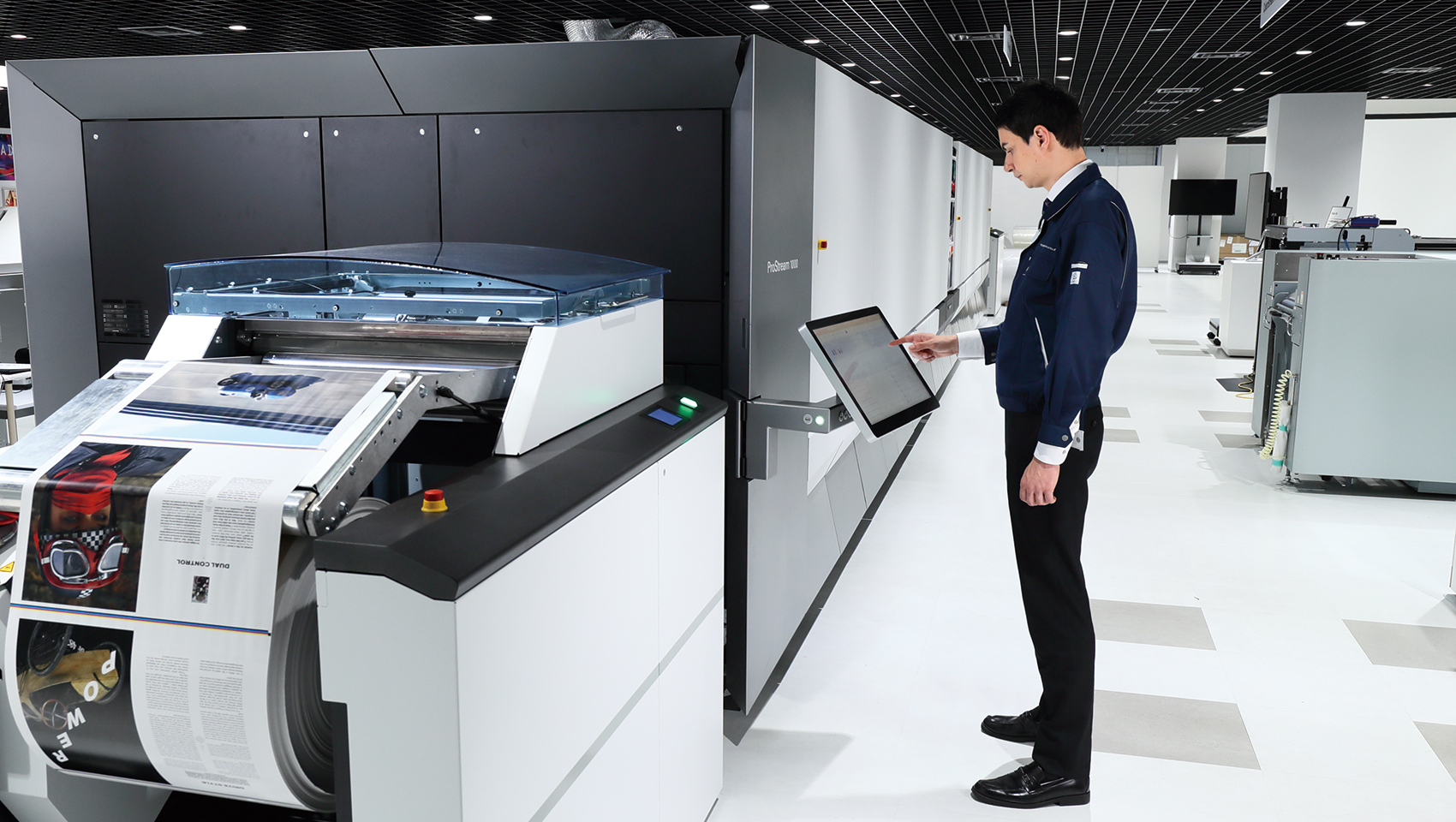Here’s the list of the top-rated printing companies in Australia:
- Eureka Printing
- Carbon8
- Fast Print Services
- Citywide Print
Eureka Printing
Eureka Printing was established and operated in 2009 as a family business. Merging with Apple Print has increased their combined experience in the field to over 30 years. Their job is also the company’s passion and they are eager to share gained knowledge with clients to help them achieve the perfect result!
Our values:
- Quality - people taking care of your orders are professionals with more than a dozen years of experience in the graphic design and printing industry.
- Cost-efficient - fully in-house production allows Eureka Printing to avoid extra fees and expenses. That lets clients be sure the order is completed at the best price possible.
- Turnaround - the majority of print jobs are done within 3-5 working days.
- Delivery - order may be delivered right to your door anywhere around Australia
- Environment - production paper offcuts and office waste paper are recycled, whole office and printing machines are powered only by green energy, digital production doesn’t consume any water and this printing company has a big variety of recycled materials available for your products.
Services:
Book Binding, Booklet Printing, Brochure Printing, Custom Wallpaper Printing, Digital Printing, Document Printing, Wall and Desk Calendars
Contacts:
Phone: (03) 9887 9496
Address: 702 High Street Road, Glen Waverley, Vic 3150
Website: https://eurekaprinting.com.au/
Carbon8
Carbon8 – Founded in 2007, Carbon8 is another one of the top Sydney’s digital print houses and a loyal advisor to agencies and corporates in the digital field.
The range of organizations they work with goes from small family businesses and private sectors to national companies and agencies. Their industry experience and skills will help you solve almost any problem related to printing production.
Carbon8’s moto is individual time and energy investment in each and every client’s marketing material to deliver the best results possible.
Products/Services:
Digital Print, Large and Offset Format Printing, Laser Cutting, Binding, Embellishment & Finishes, Envelope Printing, Wrapping Paper
Contacts:
Address: 3/163-173 McEvoy St, Alexandria NSW 2015
Phone: (02) 8203 1800
Website: www.carbon8.com.au
Fast Print Services
Fast Print Services is a Digital Printing with its own in-house photography and design services. Their strong side is print micro-management that leads to a decrease in overall cost on every job request. The ability to check cost within an established network of trusted suppliers, internally and externally, lets them make you a better quality/price offer for all of your printing needs.
Products/Services:
Banner Printing, Business Card Printing, Custom Flag Printing, Custom Post-It-Notes, Digital Printing, Document Printing, Flyer Printing, Funeral Stationery Printing, Graphic Design, Illustration Services, Lightbox Signs, Receipt Books, Signage Services, Sticker Printing Web Design, Wedding Invitations, Wide Format Printing
LOCATION:
Address: 3/163-173 McEvoy St, Alexandria NSW 2015
Phone: (02) 8203 1800
Website: fastprintservices.com.au
Citywide Print
Citywide Print is known for urgent printing service without losing high-quality end products at an affordable price. They are the printers local companies stay loyal to because of their attention to details and flexibility
There are not too many options for printing companies in Sydney and only a few can boast about years of experience in the field - Citywide Print is one of them. Experience leads to great proficiency and an outstanding level of service – something this company is proud of.
Products/Services:
Annual Reports, Booklets, Letterheads, Manuals, Newsletters, Display Stands & Rollups, Exhibition Materials, Celloglazing, Copying, Colour Printing, Laminating, Design
LOCATION:
Address: Suite 3 level 2/44-54 Botany Rd, Alexandria NSW 2015
Phone: (02) 8231 9988
Website: www.citywideprint.com.au









